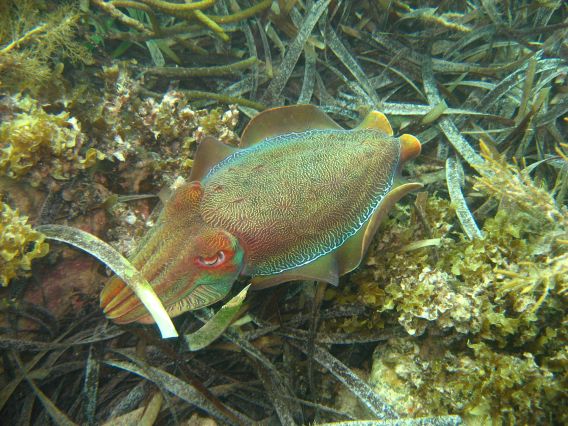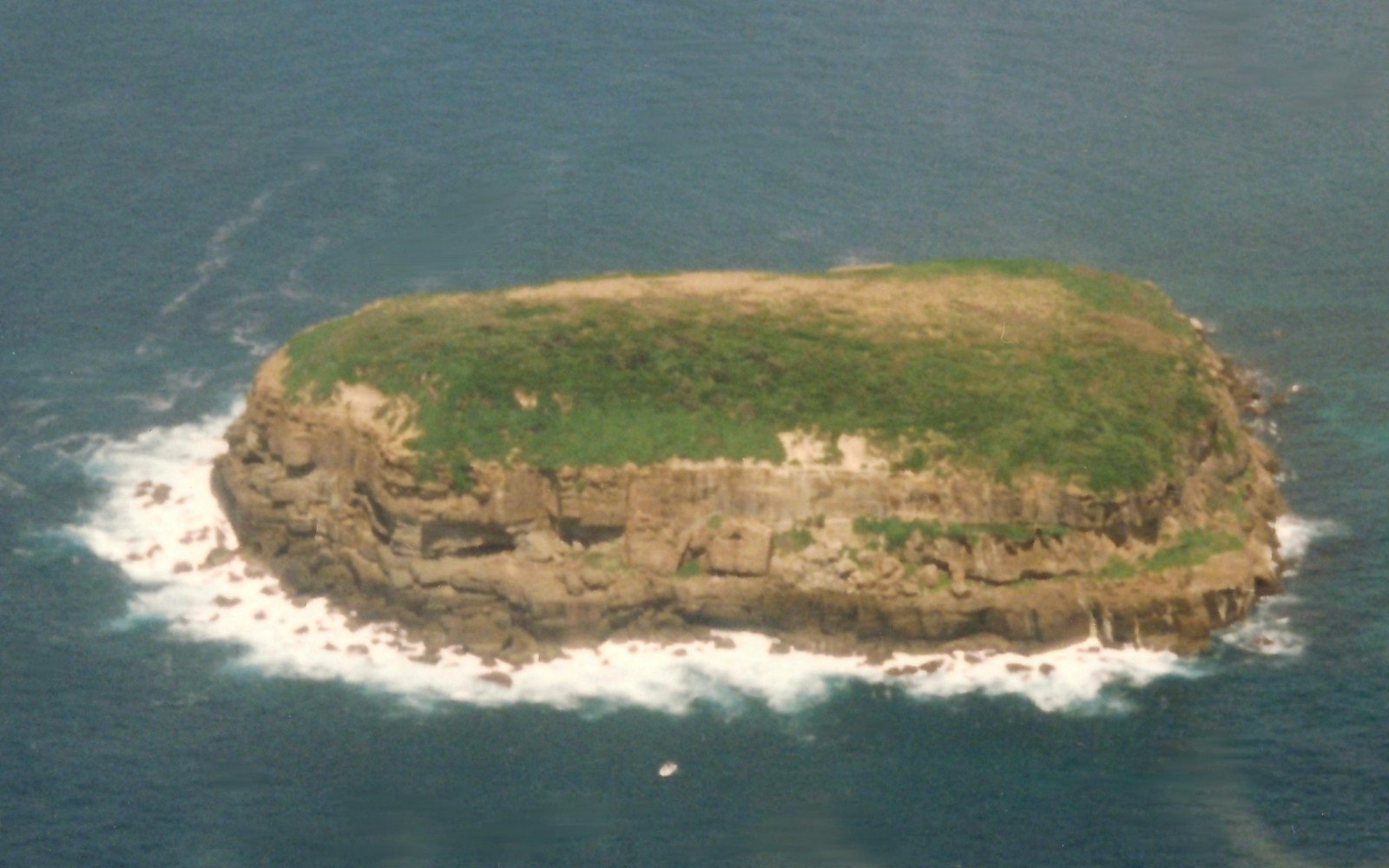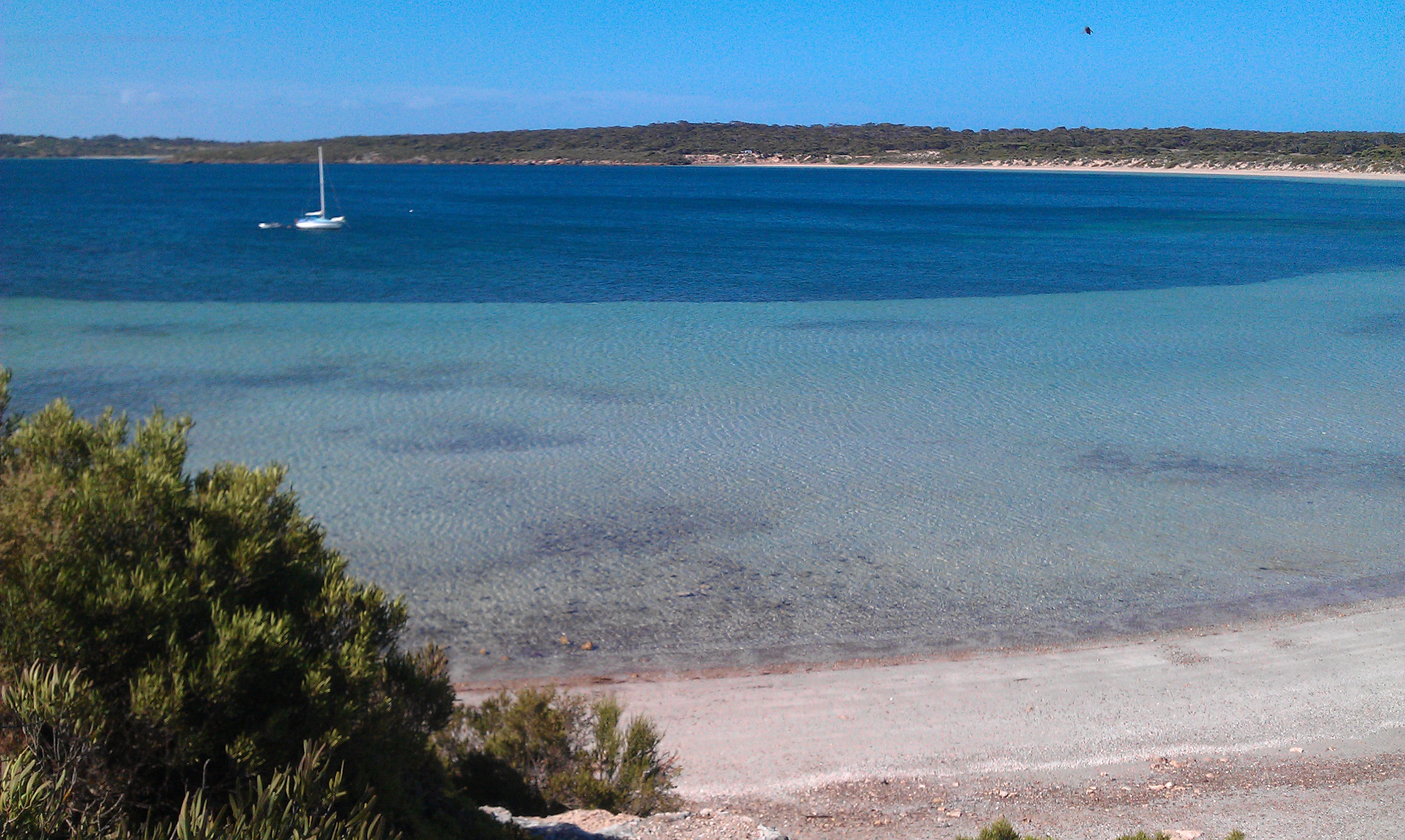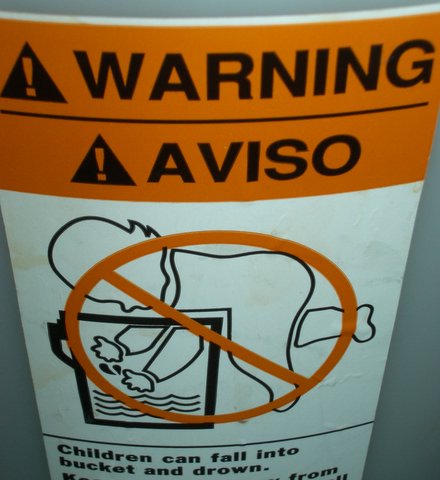|
Little Island (South Australia)
Little Island is an island in the Australian state of South Australia located in Spencer Gulf off the east coast of Jussieu Peninsula on Eyre Peninsula approximately south-east of Port Lincoln. It was named by Matthew Flinders in memory of John Little who was one of the eight crew lost from a cutter that capsized sometime after being launched from HM Sloop ''Investigator'' to search for water on 21 February 1802. Since 2004, the island has been part of the Memory Cove Wilderness Protection Area. Description Little Island which is located approximately south-east of Port Lincoln and is located north of Lewis Island, has a maximum height of . Access to the island is limited by the absence of a coastline sheltered from swells and tidal streams, and the unsuitability of the island's terrain for the landing of helicopters. Formation, geology and oceanography Little Island was formed about 8400 years ago when sea levels rose at the start of the Holocene. The island is predomin ... [...More Info...] [...Related Items...] OR: [Wikipedia] [Google] [Baidu] |
Spencer Gulf
The Spencer Gulf is the westernmost and larger of two large inlets (the other being Gulf St Vincent) on the southern coast of Australia, in the state of South Australia, facing the Great Australian Bight. It spans from the Cape Catastrophe and Eyre Peninsula in the west to Cape Spencer and Yorke Peninsula in the east. The largest towns on the gulf are Port Lincoln, Whyalla, Port Pirie, and Port Augusta. Smaller towns on the gulf include Tumby Bay, Port Neill, Arno Bay, Cowell, Port Germein, Port Broughton, Wallaroo, Port Hughes, Port Victoria, Port Rickaby, Point Turton, and Corny Point. History The first recorded exploration of the gulf was that of Matthew Flinders in February 1802. Flinders navigated inland from the present location of Port Augusta to within of the termination of the water body. The gulf was named ''Spencer's Gulph'' by Flinders on 20 March 1802, after George John Spencer, the 2nd Earl Spencer. The Baudin expedition visited the gulf after Flind ... [...More Info...] [...Related Items...] OR: [Wikipedia] [Google] [Baidu] |
Calcarenite
Calcarenite is a type of limestone that is composed predominantly, more than 50 percent, of detrital (transported) sand-size (0.0625 to 2 mm in diameter), carbonate grains. The grains consist of sand-size grains of either corals, shells, ooids, intraclasts, pellets, fragments of older limestones and dolomites, other carbonate grains, or some combination of these. Calcarenite is the carbonate equivalent of a sandstone. The term calcarenite was originally proposed in 1903 by GrabauGrabau, A.W. (1903) ''Paleozoic coral reefs.'' Geological Society of America Bulletin. vol. 14, pp. 337-352.Grabau, A.W. (1904) ''On the classification of sedimentary rocks.'' American Geologist. vol. 33, pp. 228-247. as a part of his calcilutite, calcarenite and calcirudite carbonate classification system based upon the size of the detrital grains composing a limestone.Flügel, E. (2010) ''Microfacies of Carbonate Rocks'', 2nd ed. Springer-Verlag Berlin, Germany. 976 pp. Neuendorf, K.K.E., J.P. Mehl, ... [...More Info...] [...Related Items...] OR: [Wikipedia] [Google] [Baidu] |
Islands Of South Australia
This is a list of selected Australian islands grouped by State or Territory. Australia has 8,222 islands within its maritime borders. Largest islands The islands larger than are: * Tasmania (Tas) ; * Melville Island, Northern Territory (NT), ; * Kangaroo Island, South Australia (SA), ; * Groote Eylandt (NT), ; * Bathurst Island (NT), ; * Fraser Island, Queensland (Qld), ; * Flinders Island (Tas), ; * King Island (Tas), ; and * Mornington Island (Qld), . New South Wales * Amherst Island, in Lake Mummuga * Bare Island, near the north headland of Botany Bay * Belowla Island, off Kioloa Beach * Bird Island, located near Budgewoi, east of the Central Coast * Boondelbah Island, at the mouth of Port Stephens * Brisbane Water: ** Pelican Island ** Riley's Island ** St Hubert's Island (largely artificial, created by raising an inter-tidal wetland above high water level) * Broughton Island, located north of Port Stephens * Broulee Island, located off the coast at Broulee ... [...More Info...] [...Related Items...] OR: [Wikipedia] [Google] [Baidu] |
Lincoln National Park
Lincoln National Park is a protected area in the Australian state of South Australia located about west of the state capital of Adelaide and about south of the municipal seat of Port Lincoln. It consists of a mainland area on the Jussieu Peninsula on the south eastern tip of Eyre Peninsula and a number of nearby islands. The national park contains significant sites of natural, indigenous and early European heritage. Description Lincoln National Park is located on the Jussieu Peninsula on the south-eastern tip of Eyre Peninsula in South Australia as well as an adjoining portion of Eyre Peninsula and a number of islands adjoining the coastline. The part of the national park located on Jussieu Peninsula is located within the gazetted localities of Lincoln National Park and Sleaford. Jussieu Peninsula Lincoln National Park occupies the majority of Jussieu Peninsula. The remainder of the Jussieu Peninsula is occupied by the Memory Cove Wilderness Protection Area. The wester ... [...More Info...] [...Related Items...] OR: [Wikipedia] [Google] [Baidu] |
Cape Catastrophe
Cape Catastrophe is a headland in the Australian state of South Australia located at the southeast tip of Jussieu Peninsula on Eyre Peninsula. It is one of the natural features named by the British navigator Matthew Flinders in memory of the eight crew who were lost from a cutter that capsized sometime after being launched from HM Sloop ''Investigator'' to search for water on 21 February 1802. Flinders also nominated the headland as being the western point of the mouth of Spencer Gulf. It is currently located within the gazetted locality of Lincoln National Park and the protected area known as the Memory Cove Wilderness Protection Area Memory Cove Wilderness Protection Area is a protected area in the Australian state of South Australia located on the south east tip of Jussieu Peninsula on Eyre Peninsula and on a number of nearby islands about south-south east of Port Lincoln .... References External linksShipwrecks - Cape Catastrophe Headlands of South Australia E ... [...More Info...] [...Related Items...] OR: [Wikipedia] [Google] [Baidu] |
Drowning
Drowning is a type of suffocation induced by the submersion of the mouth and nose in a liquid. Most instances of fatal drowning occur alone or in situations where others present are either unaware of the victim's situation or unable to offer assistance. After successful resuscitation, drowning victims may experience breathing problems, vomiting, confusion, or unconsciousness. Occasionally, victims may not begin experiencing these symptoms until several hours after they are rescued. An incident of drowning can also cause further complications for victims due to low body temperature, aspiration of vomit, or acute respiratory distress syndrome (respiratory failure from lung inflammation.). Drowning is more likely to happen when spending extended periods of time near large bodies of water. Risk factors for drowning include alcohol use, drug use, epilepsy, minimal swim training or a complete lack of training, and, in the case of children, a lack of supervision. Common drowning ... [...More Info...] [...Related Items...] OR: [Wikipedia] [Google] [Baidu] |
Australian Sea Lion
The Australian sea lion (''Neophoca cinerea''), also known as the Australian sea-lion or Australian sealion, is a species of sea lion that is the only endemic pinniped in Australia. It is currently monotypic in the genus ''Neophoca'', with the extinct Pleistocene New Zealand sea lion ''Neophoca palatina'' the only known congener. With a population estimated at around 14,730 animals, the Wildlife Conservation Act of Western Australia (1950) has listed them as “in need of special protection”. Their Conservation status is listed as endangered. These pinnipeds are specifically known for their abnormal breeding cycles, which are varied between a 5-month breeding cycle and a 17-18 month aseasonal breeding cycle, compared to other pinnipeds which fit into a 12-month reproductive cycle. Females are either silver or fawn with a cream underbelly and males are dark brown with a yellow mane and are bigger than the females. Distribution Australian sea lions are sparsely distributed acro ... [...More Info...] [...Related Items...] OR: [Wikipedia] [Google] [Baidu] |
Pacific Gull
The Pacific gull (''Larus pacificus'') is a very large gull, native to the coasts of Australia. It is moderately common between Carnarvon in the west, and Sydney in the east, although it has become scarce in some parts of the south-east, as a result of competition from the kelp gull, which has "self-introduced" since the 1940s. Much larger than the ubiquitous silver gull, and nowhere near as common, Pacific gulls are usually seen alone or in pairs, loafing around the shoreline, steadily patrolling high above the edge of the water, or (sometimes) zooming high on the breeze to drop a shellfish or sea urchin onto rocks. Diet The gulls' diet consists of a number various fish species and invertebrates. They frequently consume crabs, most often the species ''Ovalipes australiensis'' and ''Paragrapsus gaimardii.'' They also commonly eat '' Platycephalus bassensis'' (sand flatheads) and cephalapods, both of which are sourced from their regular consumption of waste from fish which hav ... [...More Info...] [...Related Items...] OR: [Wikipedia] [Google] [Baidu] |
Sooty Oystercatcher
The sooty oystercatcher (''Haematopus fuliginosus'') is a species of oystercatcher. It is a wading bird endemic to Australia and commonly found on its coastline. It prefers rocky coastlines, but will occasionally live in estuaries. All of its feathers are black. It has a red eye, eye ring and bill, and pink legs. Taxonomy John Gould described the sooty oystercatcher in 1845. Its species name is the Latin adjective ''fuliginosus'', "sooty". Two subspecies are recognised, the nominate from the coastline of southern Australia and subspecies ''ophthalmicus'' from northern Australia. The southern subspecies is larger and heavier than the northern. The northern one, with a more yellowish eye ring, is found from the Kimberleys across the top of the country to Mackay in central Queensland. There is considerable overlap, as the southern subspecies has been found up to Cape York. Subspecies ''ophthalmicus'' has been thought distinctive enough to warrant species status and needs further inv ... [...More Info...] [...Related Items...] OR: [Wikipedia] [Google] [Baidu] |
Vertebrate
Vertebrates () comprise all animal taxa within the subphylum Vertebrata () ( chordates with backbones), including all mammals, birds, reptiles, amphibians, and fish. Vertebrates represent the overwhelming majority of the phylum Chordata, with currently about 69,963 species described. Vertebrates comprise such groups as the following: * jawless fish, which include hagfish and lampreys * jawed vertebrates, which include: ** cartilaginous fish (sharks, rays, and ratfish) ** bony vertebrates, which include: *** ray-fins (the majority of living bony fish) *** lobe-fins, which include: **** coelacanths and lungfish **** tetrapods (limbed vertebrates) Extant vertebrates range in size from the frog species ''Paedophryne amauensis'', at as little as , to the blue whale, at up to . Vertebrates make up less than five percent of all described animal species; the rest are invertebrates, which lack vertebral columns. The vertebrates traditionally include the hagfish, which do no ... [...More Info...] [...Related Items...] OR: [Wikipedia] [Google] [Baidu] |
Marsh Saltbush
''Atriplex paludosa'', commonly known as marsh saltbush, is a species of saltbush endemic to Australia. Description It grows as an erect shrub up to a metre high. Leaves are oval in shape, one to four centimetres long, and 2 to 15 millimetres wide. Taxonomy It was first published by Robert Brown in 1810 based on specimen material collected at Port Dalrymple, the site of present-day Launceston, Tasmania. Four subspecies are recognised: ''A. paludosa'' subsp. ''paludosa'', ''A. paludosa'' subsp. ''baudinii'', ''A. paludosa'' subsp. ''cordata'' and ''A. paludosa'' subsp. ''moquiniana''. Distribution and habitat It occurs in southwestern Western Australia, South Australia, Victoria and coastal Tasmania ) , nickname = , image_map = Tasmania in Australia.svg , map_caption = Location of Tasmania in AustraliaCoordinates: , subdivision_type = Country , subdi .... Refe ... [...More Info...] [...Related Items...] OR: [Wikipedia] [Google] [Baidu] |






